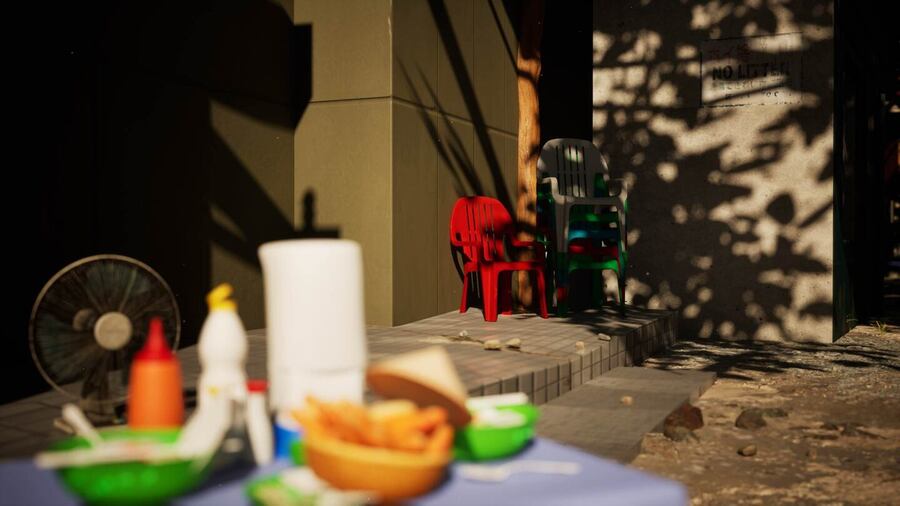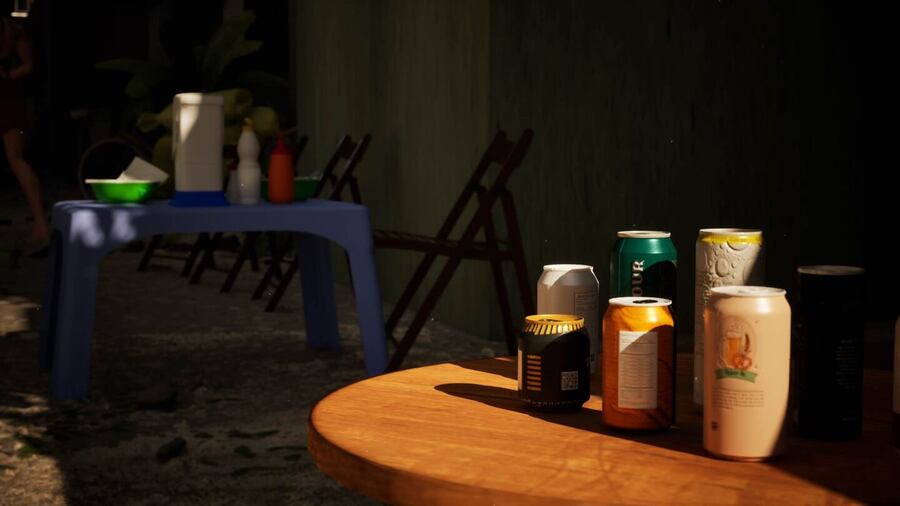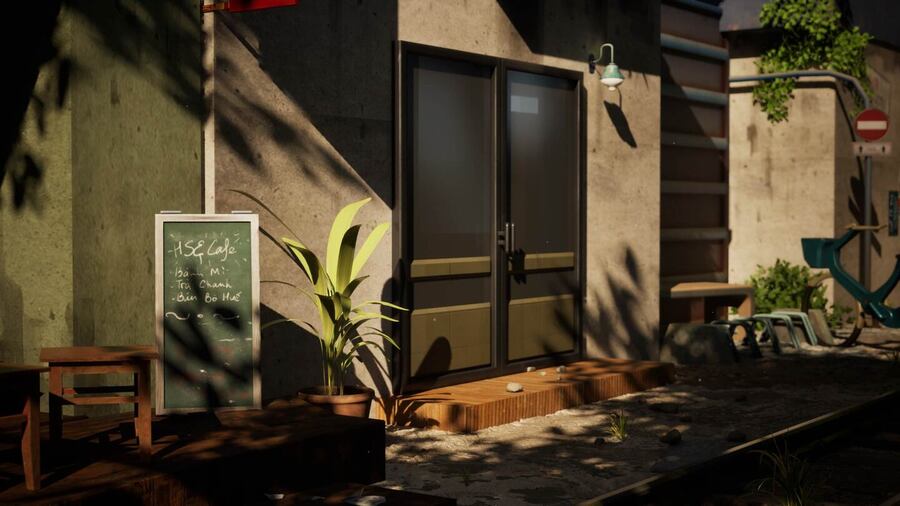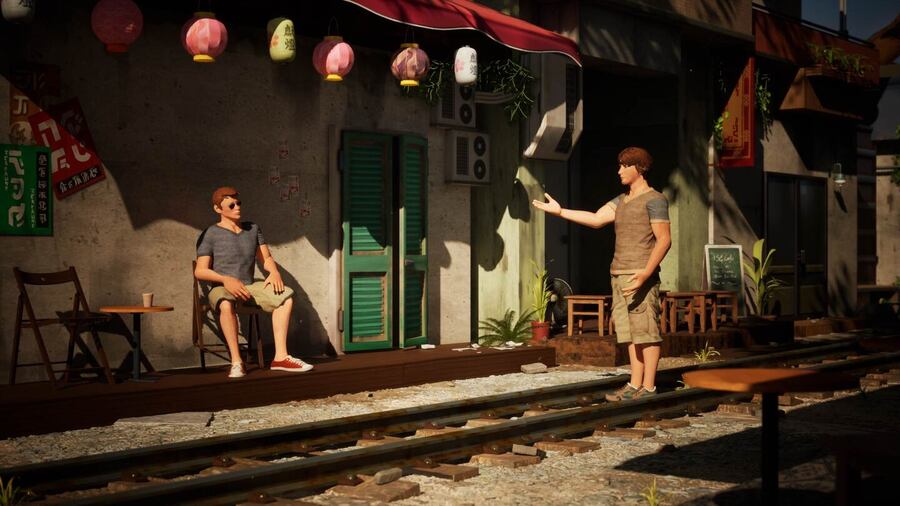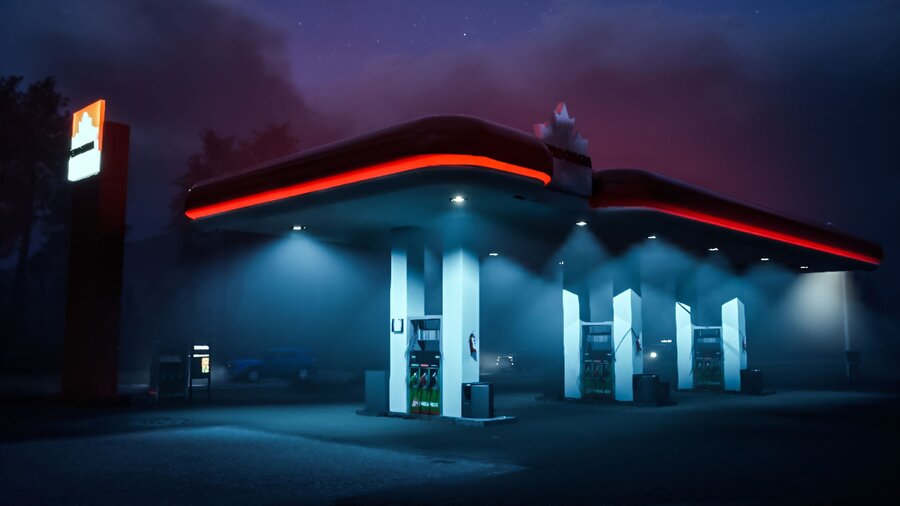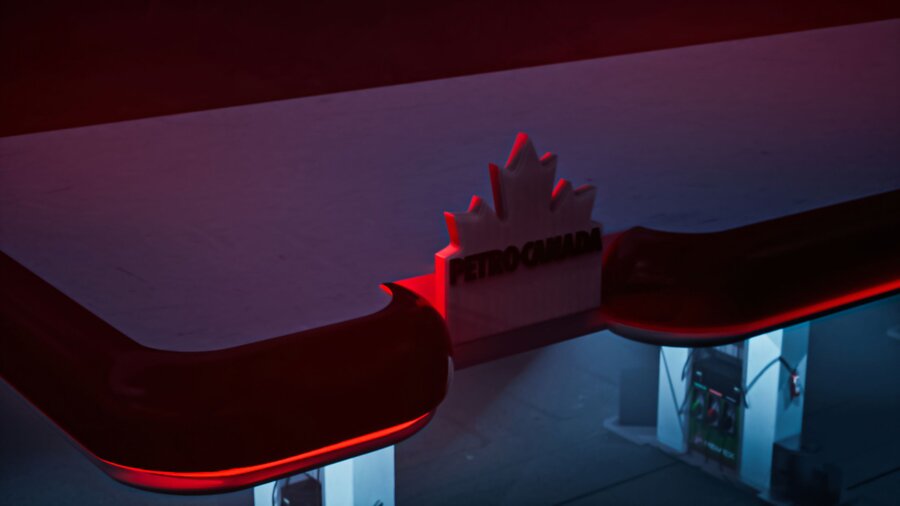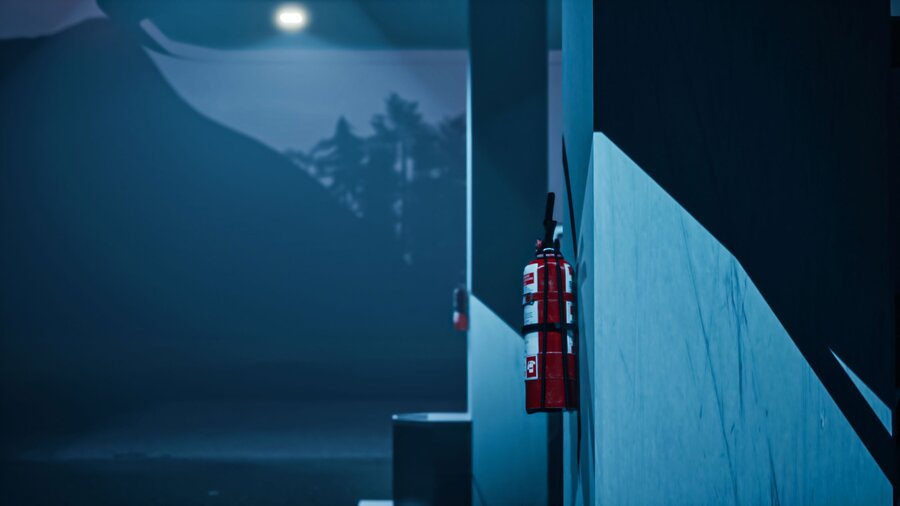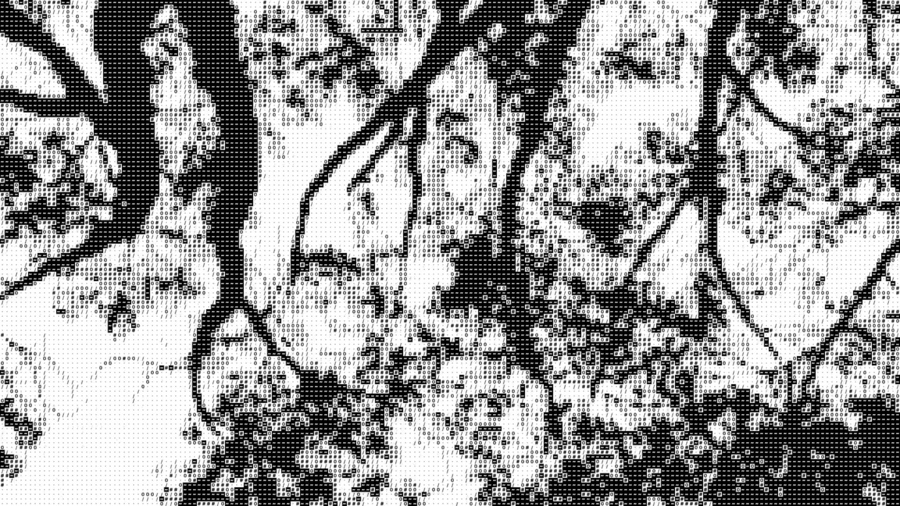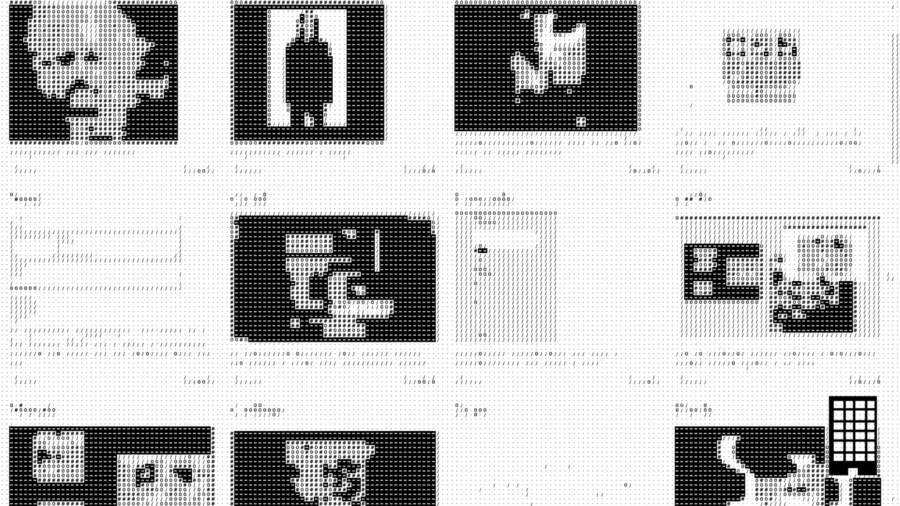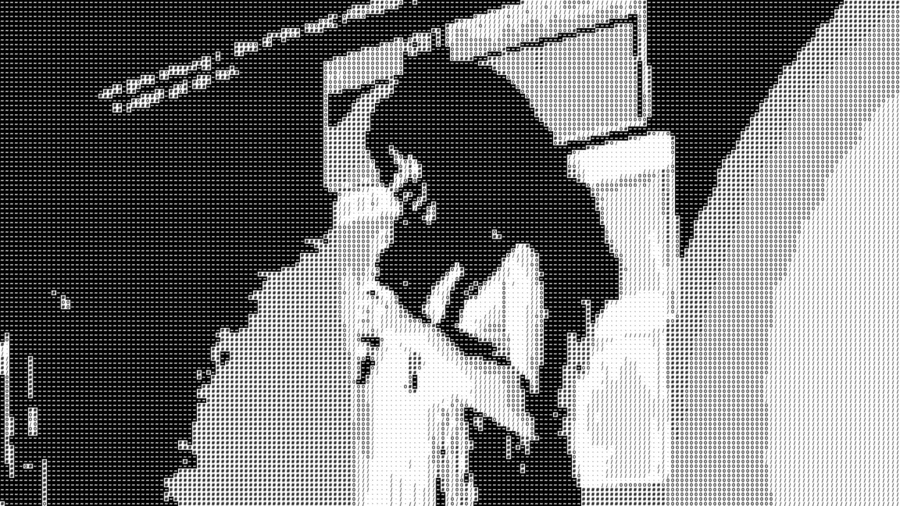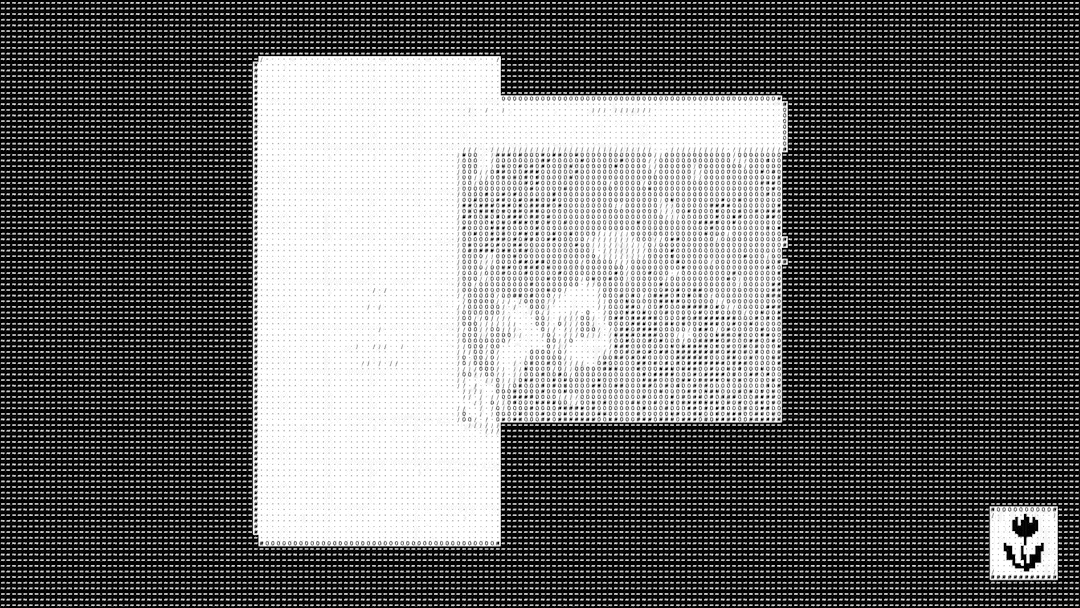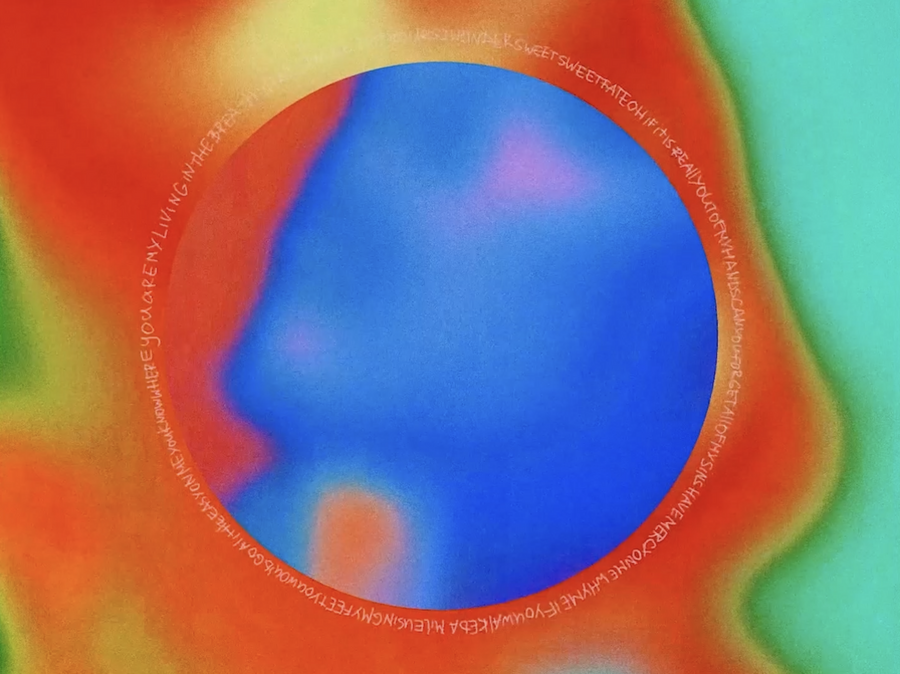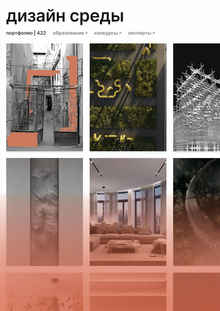CG LAB is a convenient format for production practices, where graduates develop specific skills in three-dimensional packages, which are the standards of the Digital Art Idustrium. The CG LAB consists of three different modules, at the end of which each participant will create a copyrighted finalised project or part necessary for a full-fledged end-of-service qualification that will be used in a professional portfolio.

CG Lab
«MOTION & 3D MEDIA ART»
As part of the course, students will study the following topics:

Cinema 4D
Students will study the full-fledged three-dimensional editor Cinema 4D.

Interface, settings and basic functions
Cinema 4D is a user-friendly program. With an intuitive interface, integrated with a background and a business process, it is possible to create unique, copyrighted projects in 3D space.
Creation of realistic dynamics

Render in Cinema 4D
With a large number of modules, plagins, patches and packages, each can design the program in a way that is convenient to the individuality of its project and specific tasks.
NATURE~S EMBRACE, Diane Shishigina
The final project should take the form of a presentation and contain components such as: — Video demonstration of interactions between objects with different physical properties in a stage of at least 15 seconds duration; — Rander video with visual effects of maximum possible final quality
Happiness, Jaroslav Lyskin
Workshop CG Lab
«Unreal engine»
As part of the course, students will study the following topics:

The features of the Unreal Engineering interface
The development of practical skills in the Unreal Engineering program will provide an introduction to the basics of post-processing of any three-dimensional image.
Students, under the guidance of the computer graphics industry, will assemble a simple stage assemblage, provide CGI-intelligence principles, and learn about modern GPU-rendering tools.

Special features of moving the stage to Unreal Engineering

Finning and post-processing of project
Hanoi Train Street, Lam An Dang
The final project should take the form of a presentation and contain components such as: — Video demonstration of a three-dimensional location with a duration of at least 15 sec with camera animation; — Demonstration of a «terthable» location with dynamic lighting.
PETRO-CANADA, Maxim Fahrislamov
CG Lab
«3D Postproduction»
As part of the course, students will study the following topics:

The basic principles of video editing
The development of basic principles for video editing, the creation of credits and the introduction to the Adobe Premiere Pro program will enable the production of a finished video or film for their own professional portfolio.
The ability to work with the narration in video
The ability of the author to distinguish between the right and the not-so-luck pieces, the stick of good personnel, the creation of transitions, the addition of music or voice, and the addition of final credits or subtitles will create a sense of integrity and harmony in the viewer, which is an integral part of any final work.Taking to the woods: via web, Diana Tkacheva
The final project should be carried out in the form of a presentation and contain components such as: -------------------------------------------------------------------------------------------------------------------------------------------------------------------------------------------------------and---------------------------------------------------------------------------------------------------------------------------------------------------------------------------------------------------------------------------------------------------------------------------------------------------
Fate cover, Nana Nijaradze
On options courses
The alternative subjects are the author ' s courses of the Design School for students in the third course. By choosing the option, the student is given the opportunity to work under the guidance of well-known designers who teach at the School and to acquire unique knowledge and additional competencies that are not part of the standard curriculum. The option is a compulsory discipline: each third-year student must attend the option in each module.
How do you sign up for the course?
Plots open a few days before each training module begins and ends with its start. If the student has not been able to sign up for the option before the module begins, he/she should contact the School of Design training office or the administrator of his/her group.
The number of seats in the groups is limited, so each student chooses three different variats at the same time. One priority option and two additional options should be selected. If the number of students is higher than the size of the planned group, students above the educational rating will first be enrolled. A student who has not benefited from the first choice shall be allocated to one of the courses in which he or she has voted in addition. Each variation can only be selected once a year; it is not allowed to repeat the same bariac. button time="button"name="run_script»>
How does the inter-campus system of variations work?
Options at the Design School are inter-campus. This means that students from all campuses can choose the options.
For all organizational matters related to the choice of variations: — students of the Moscow campus address Elena Shcherbinina (escherbinina@hse.ru), Elizabeth Trusko (etrushko@hse.ru); students of the campus in St. Petersburg — Anna Prišak@hse.ru; students of Campus in Permi — Elena Ivanova (ENIvanova@hse.ru); students of Campus in Lower Novgorod — Anna Anthropova (aantropova@hse.ru).




